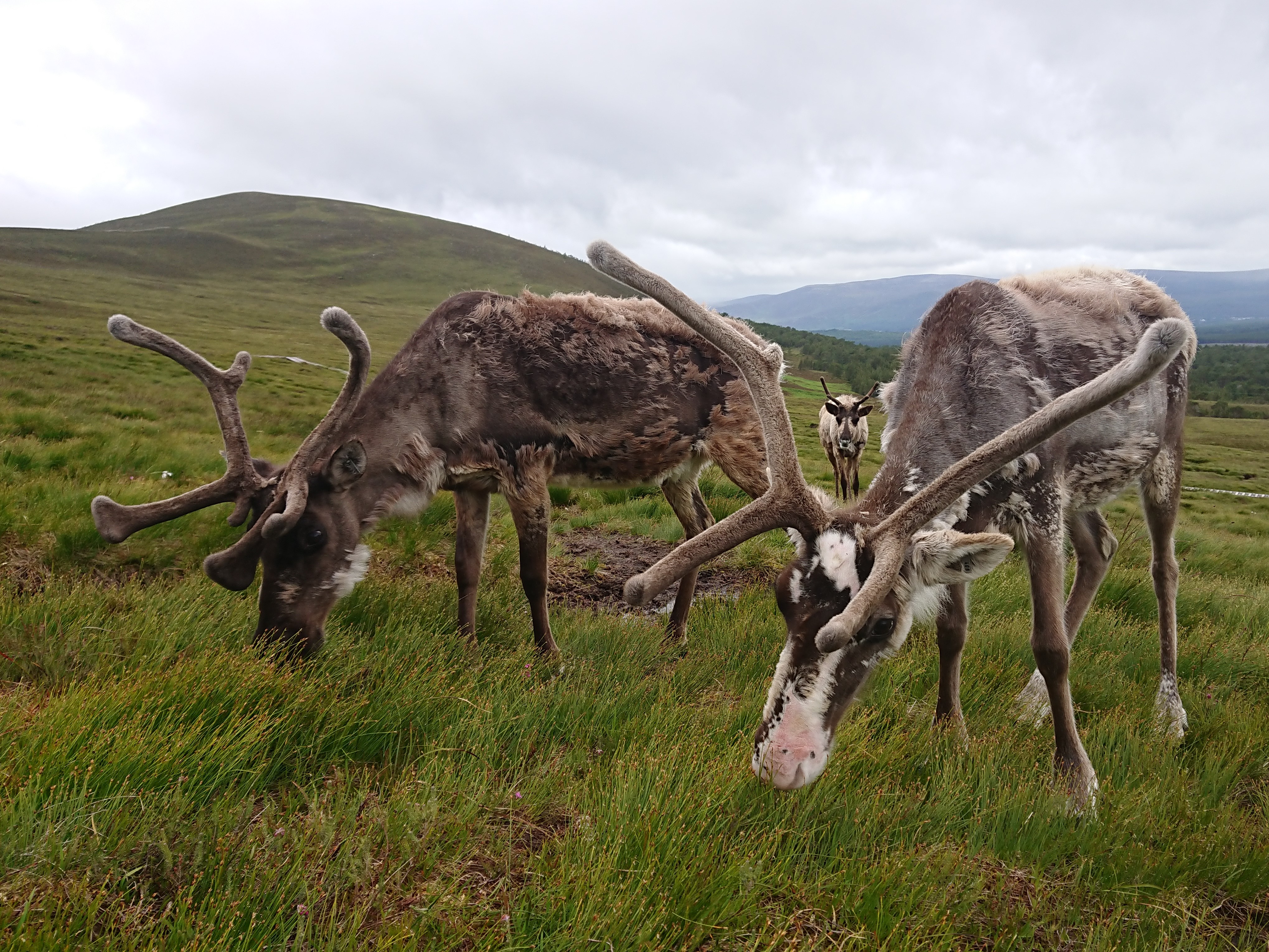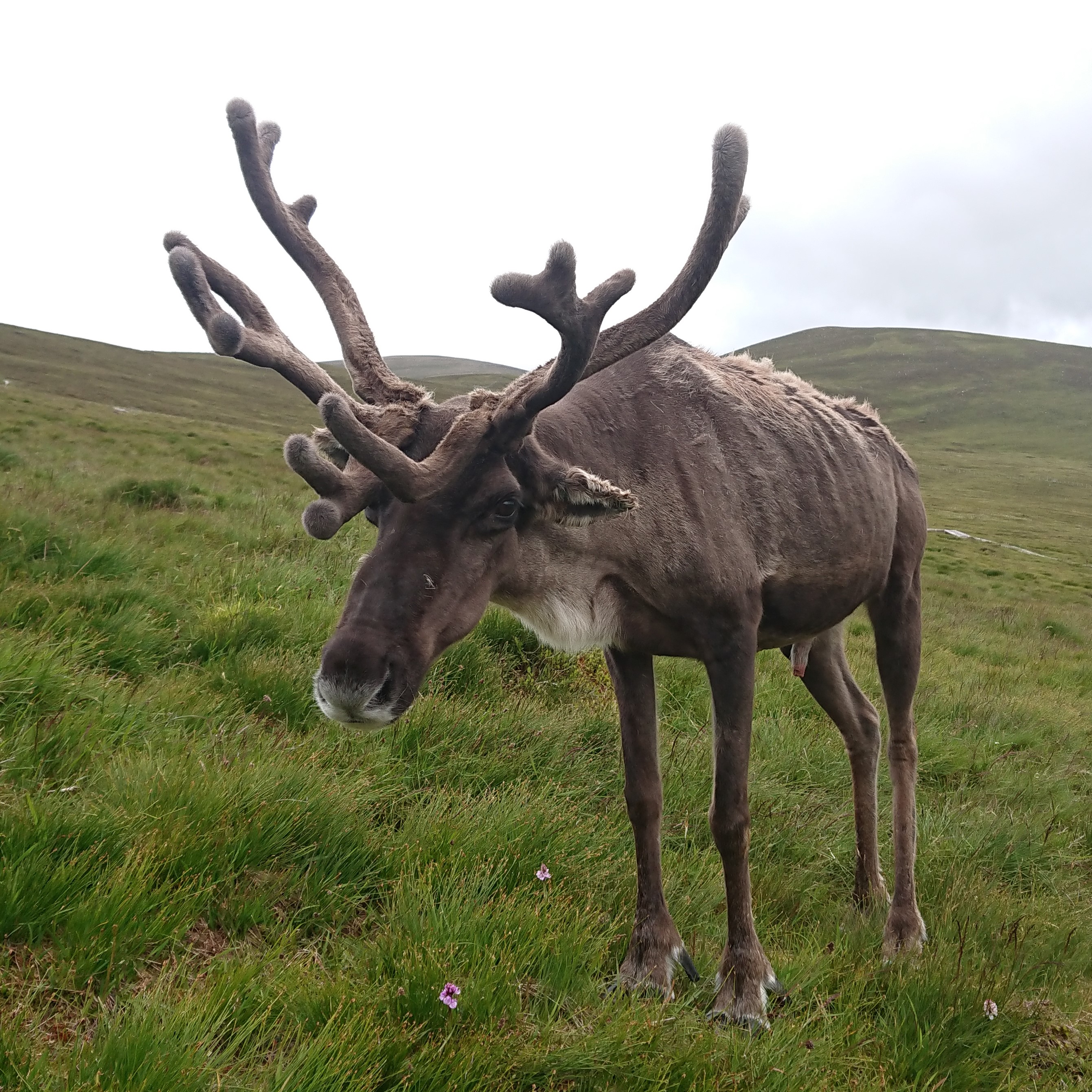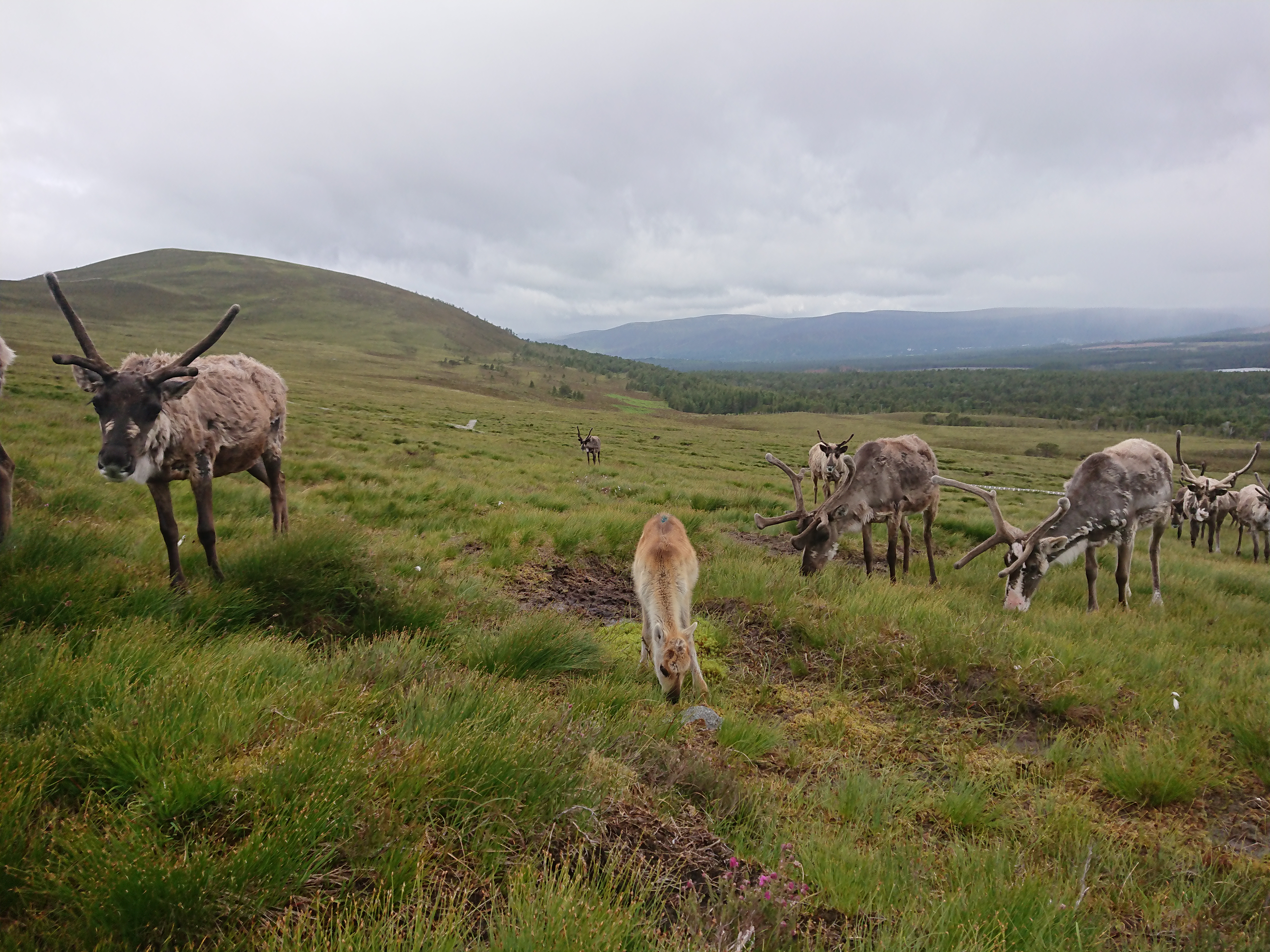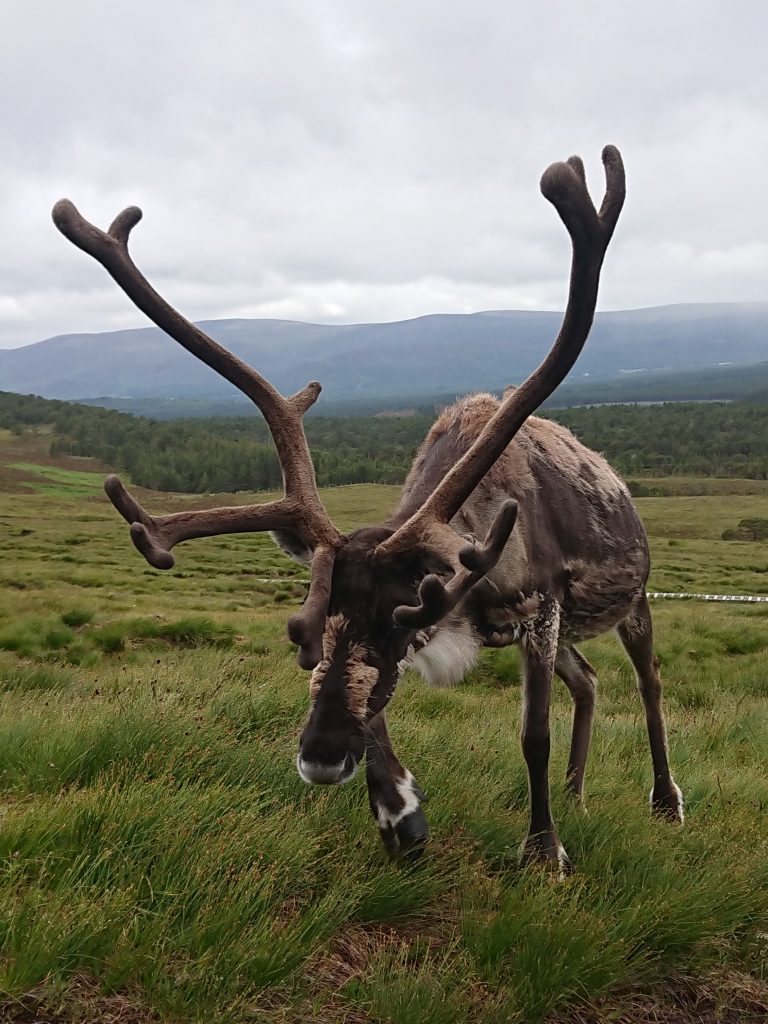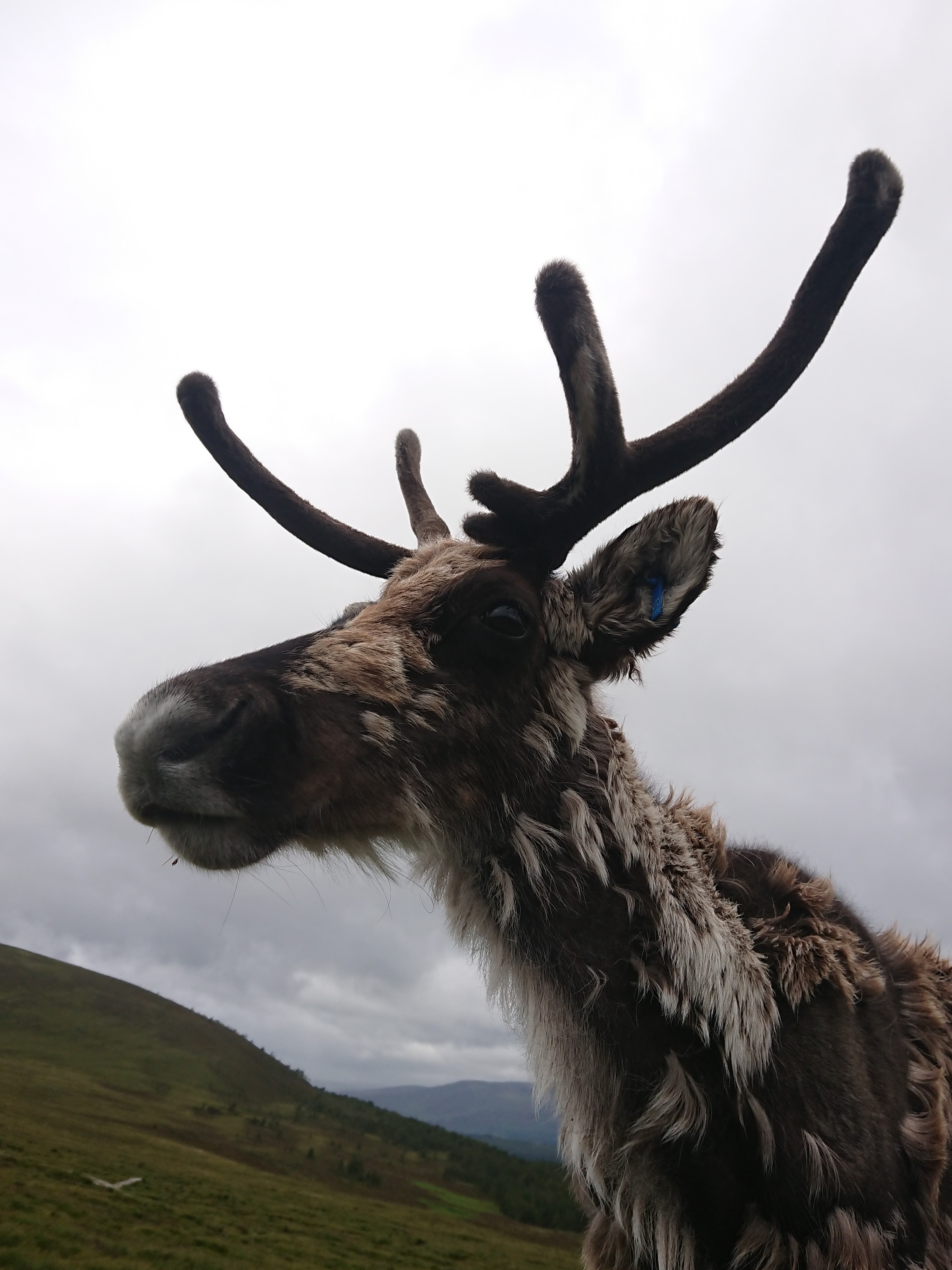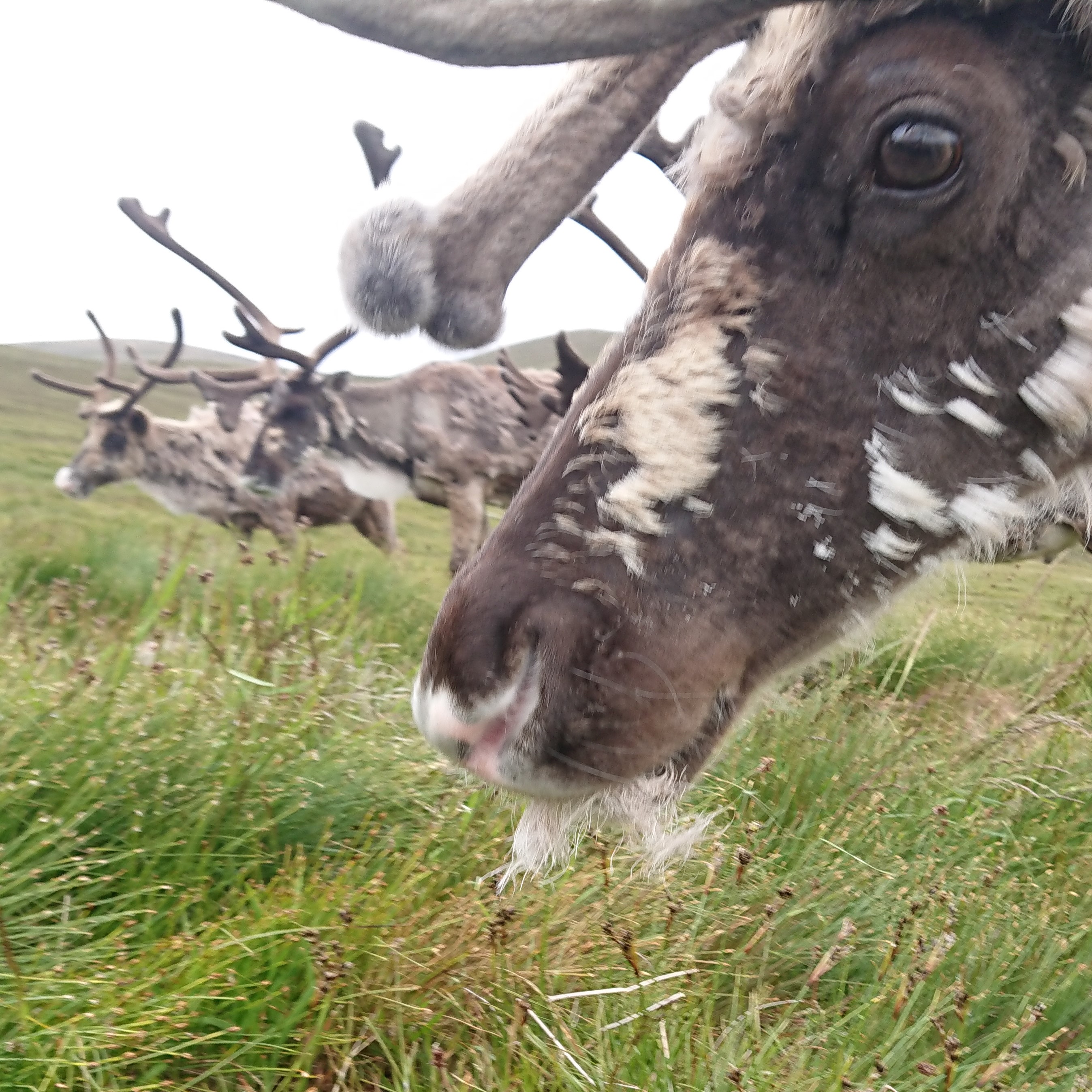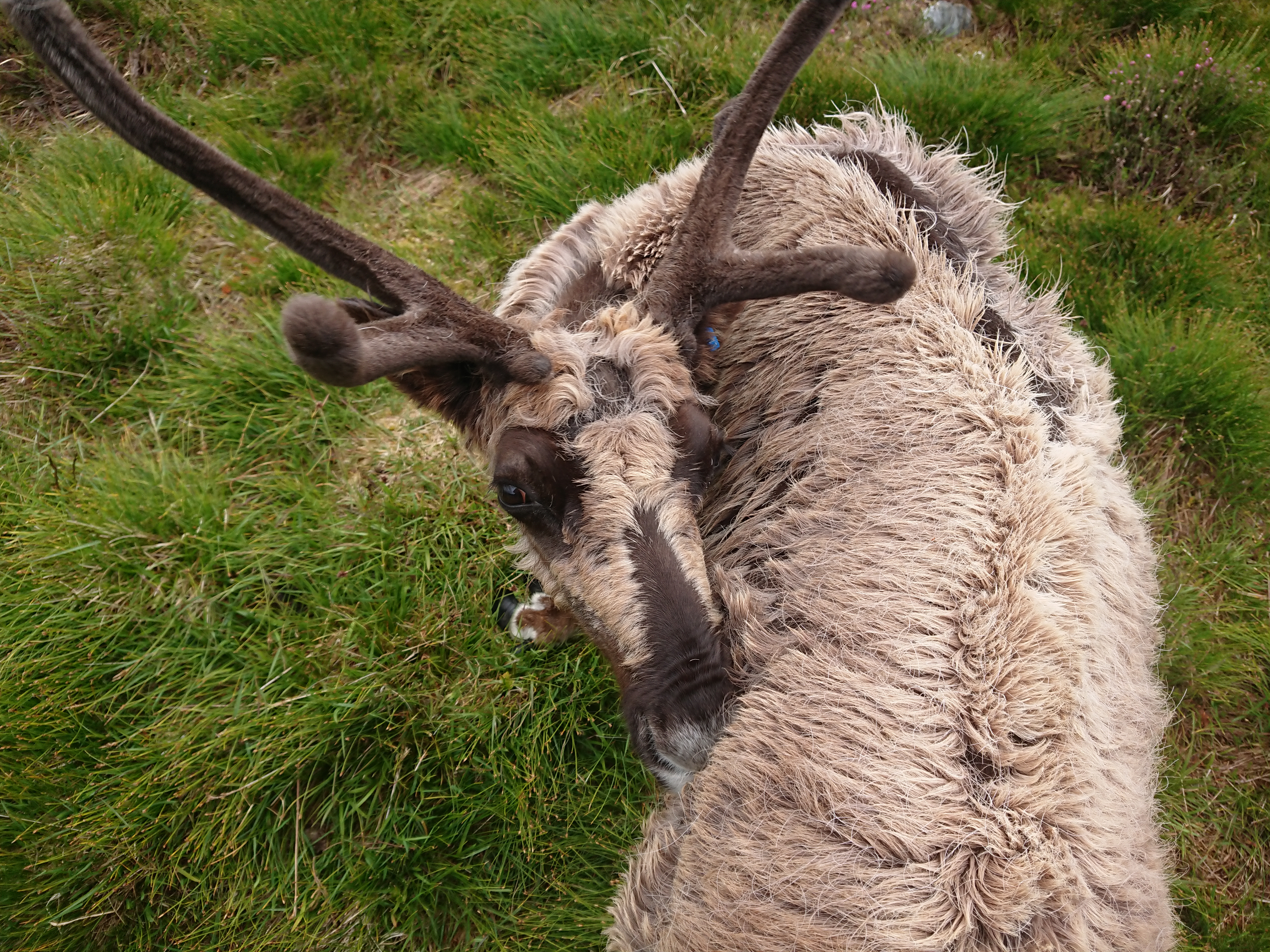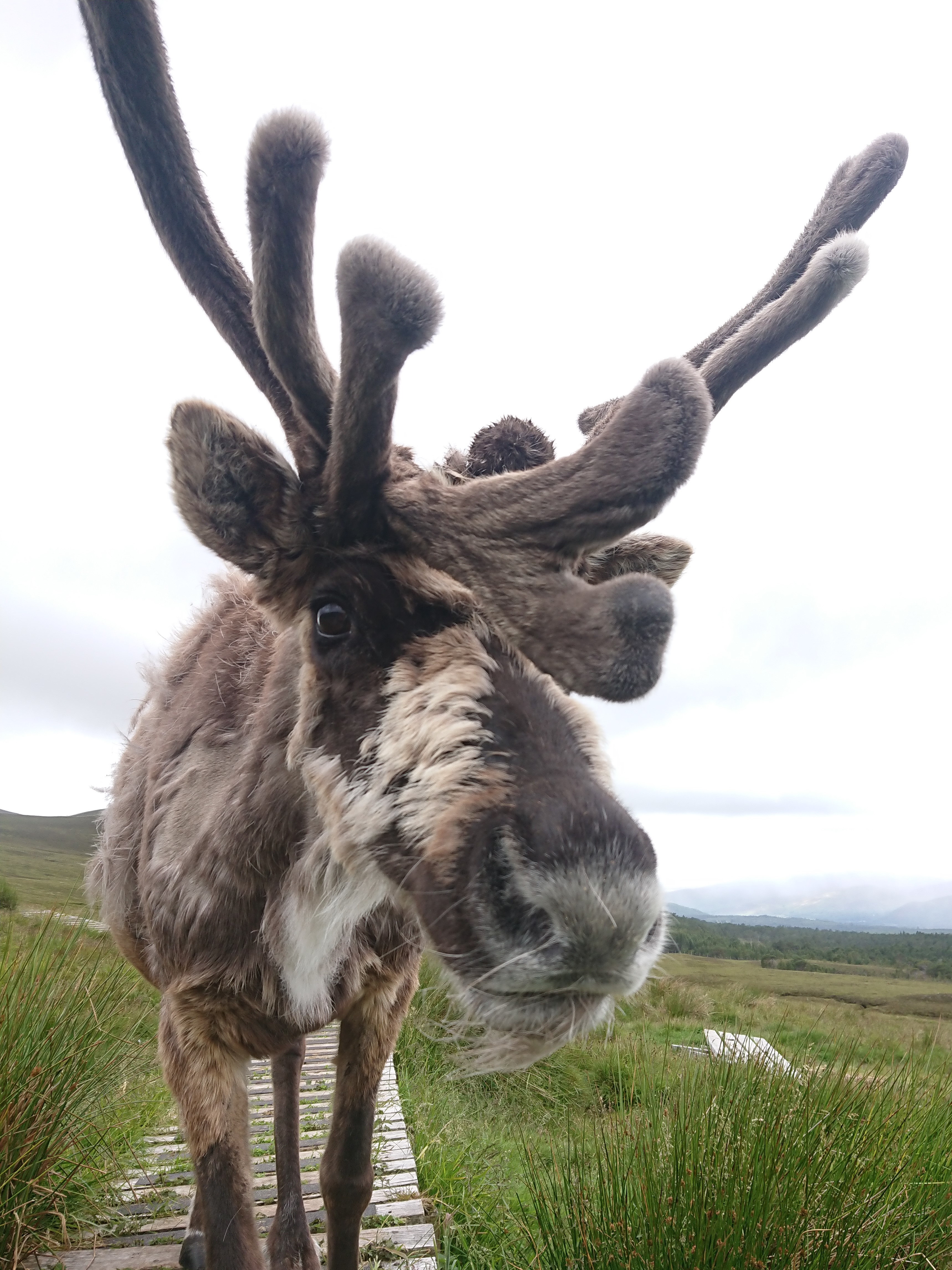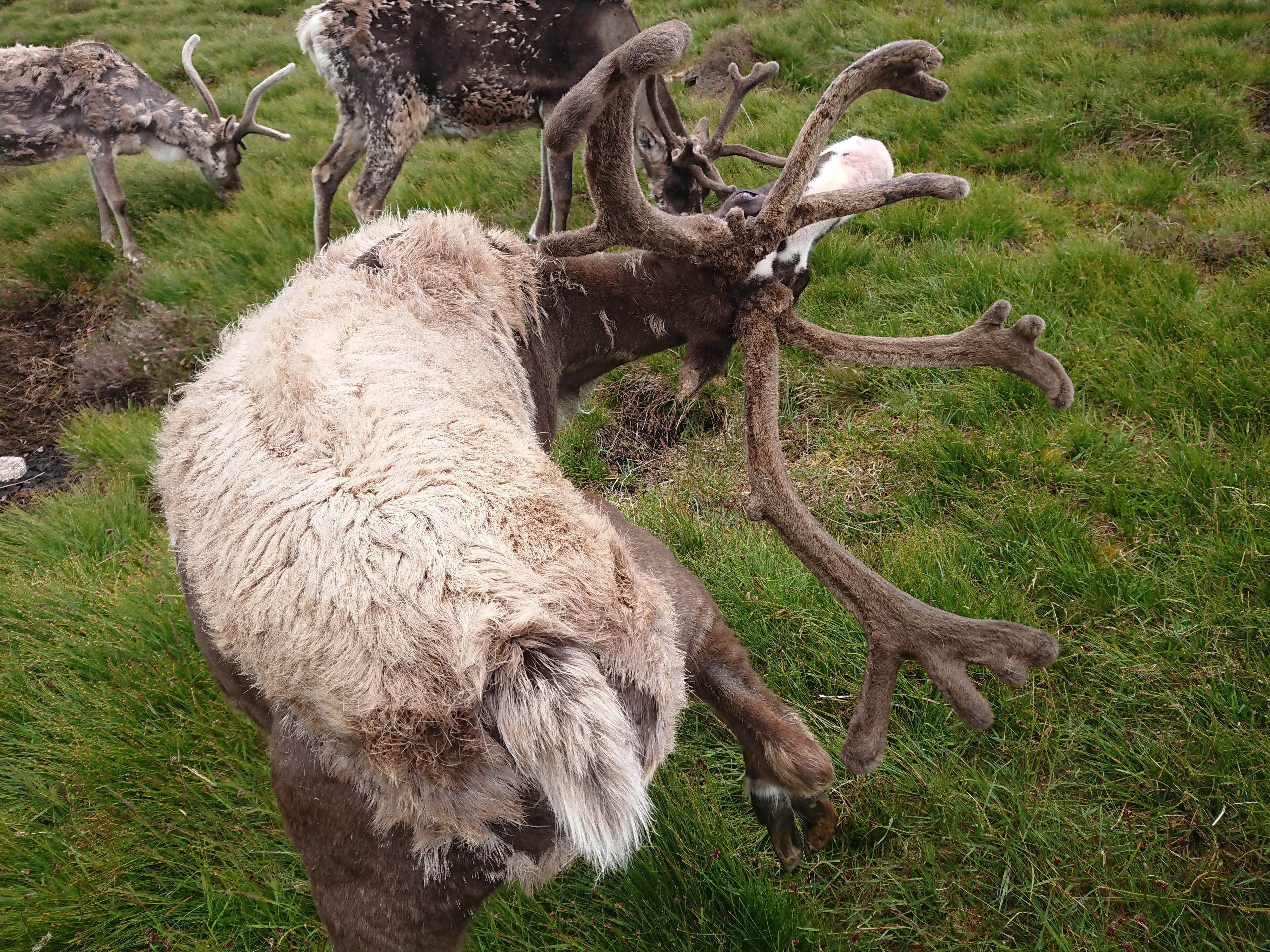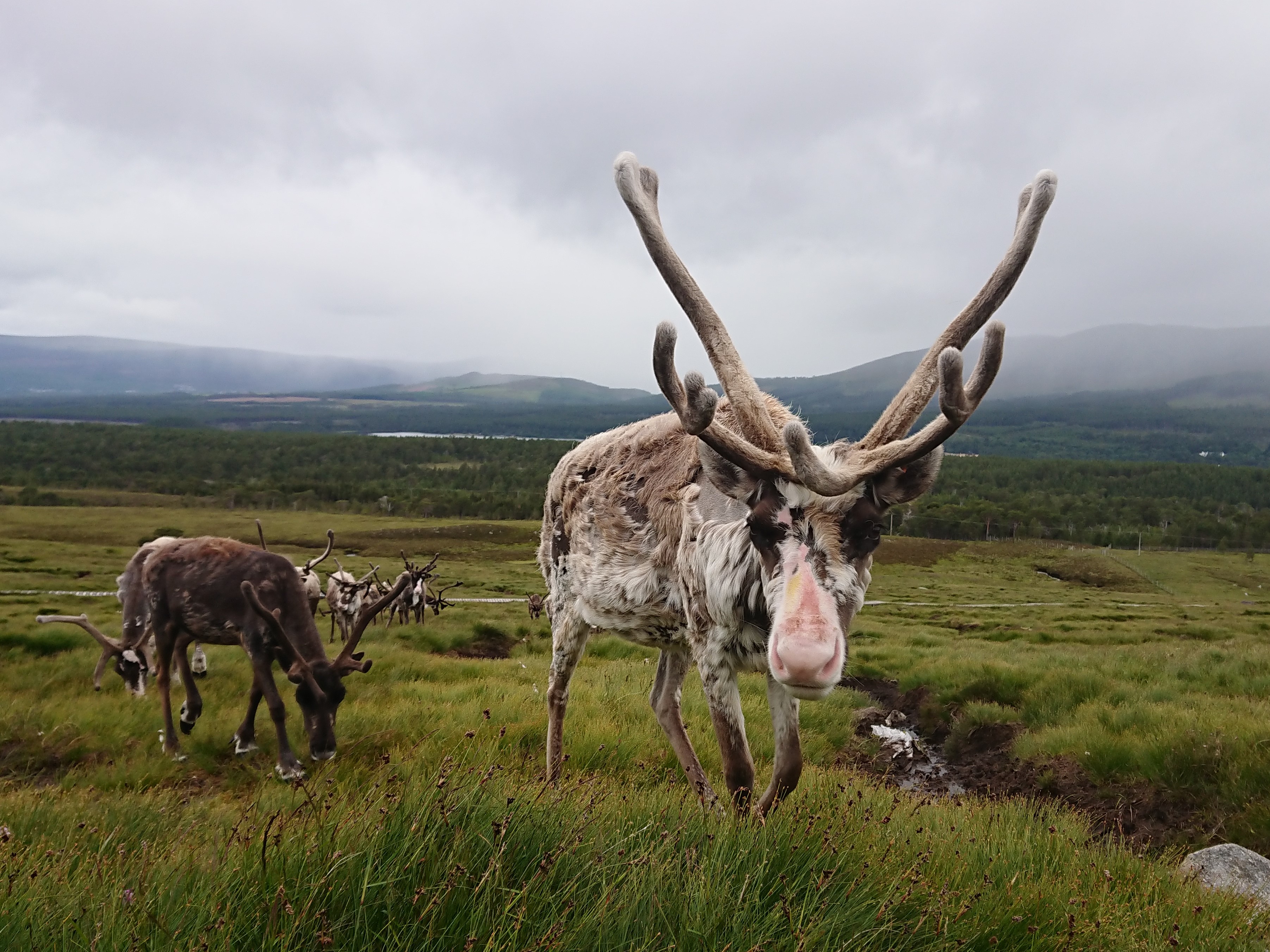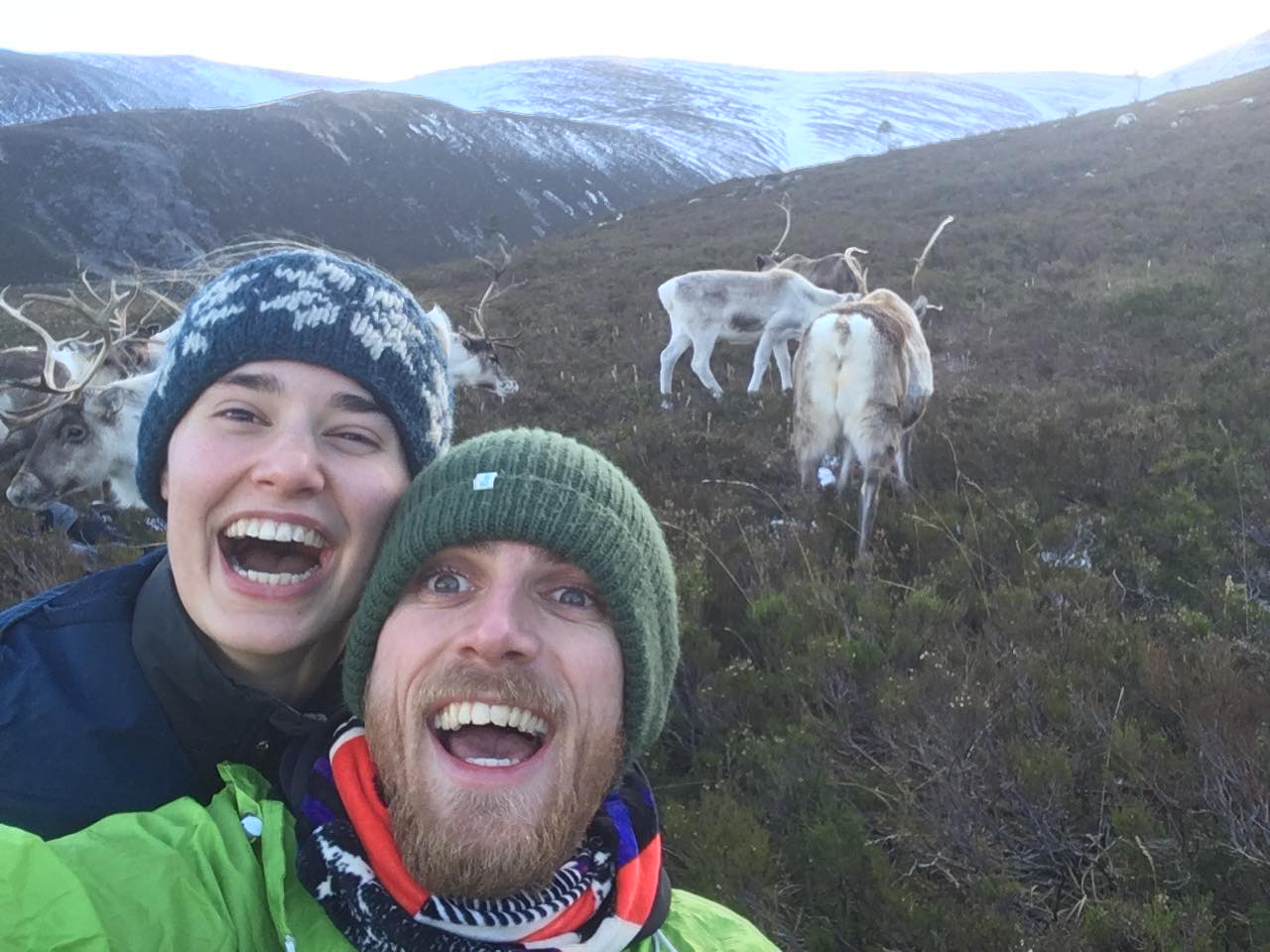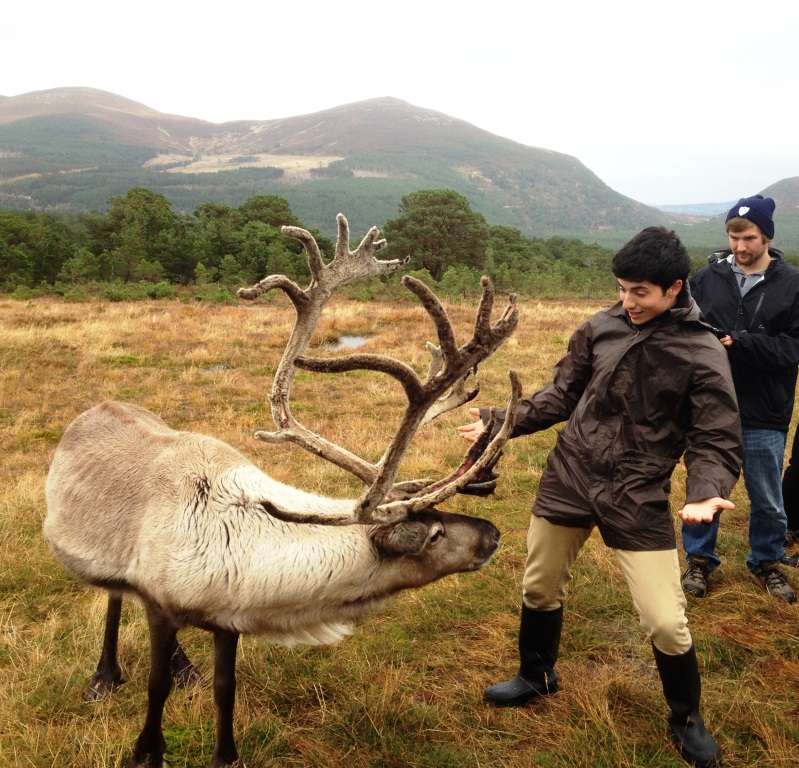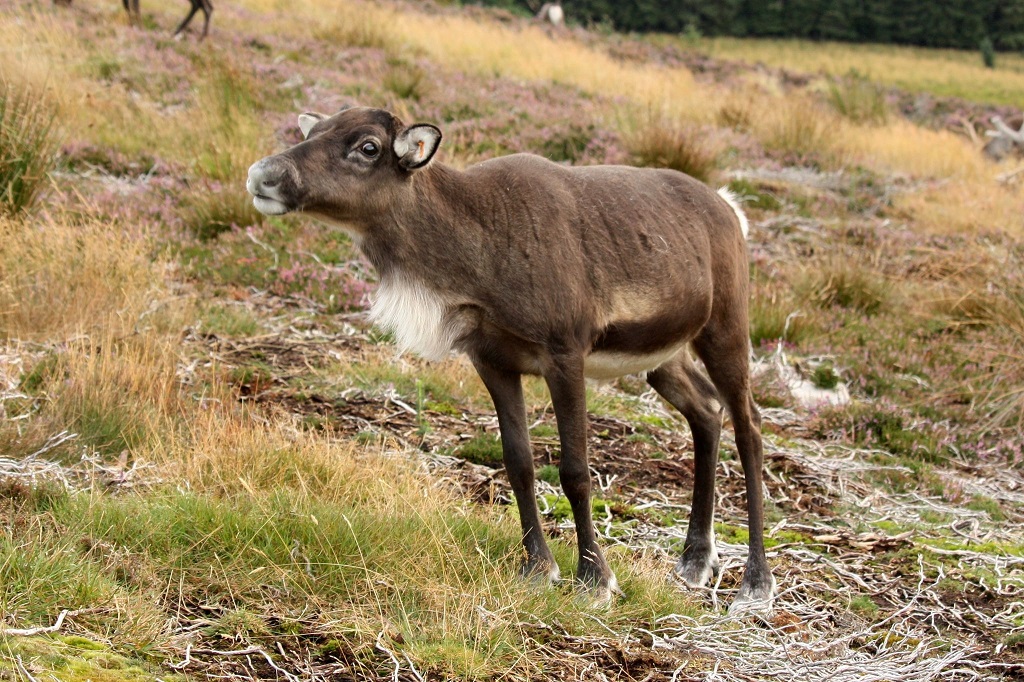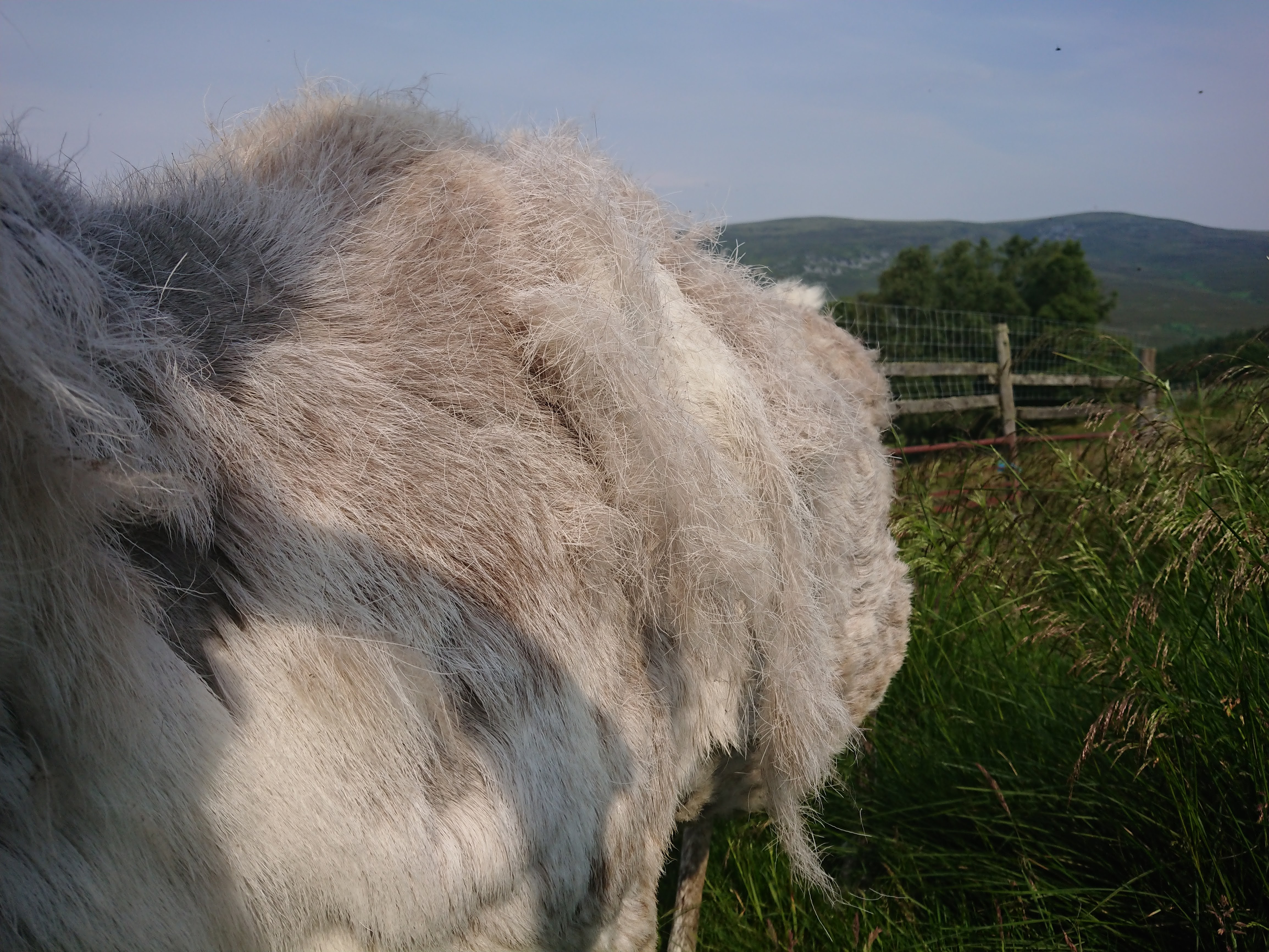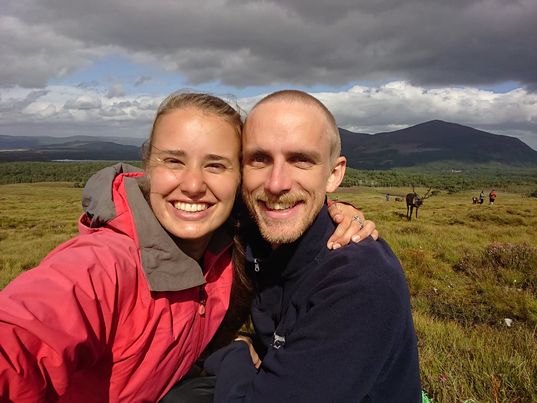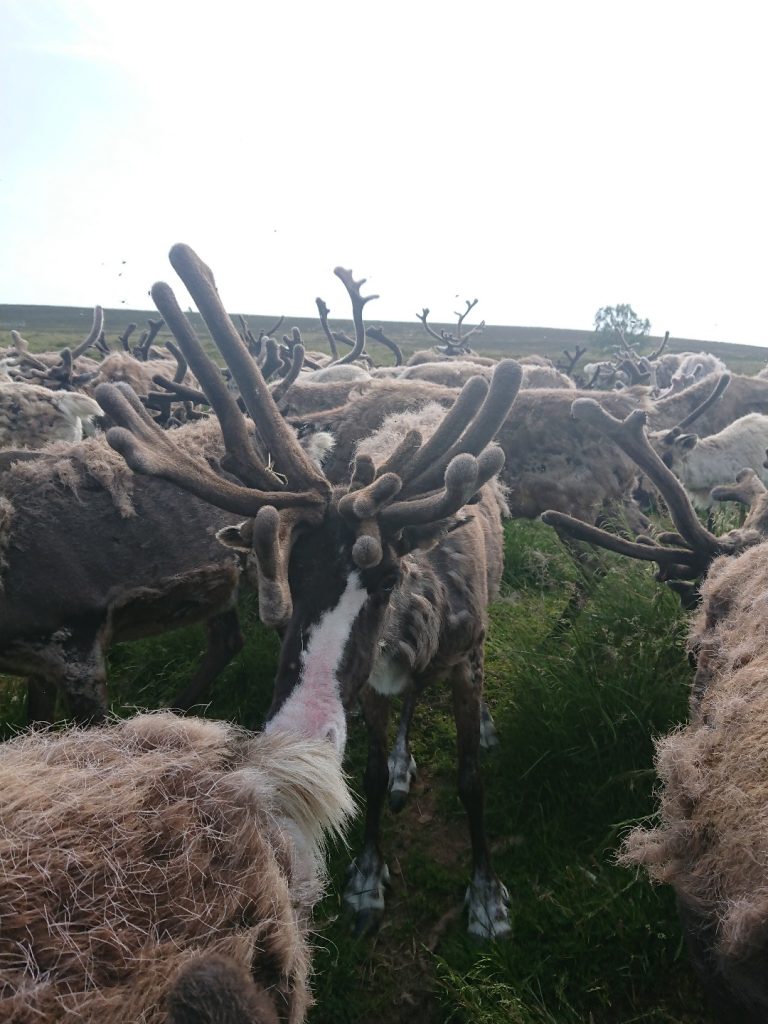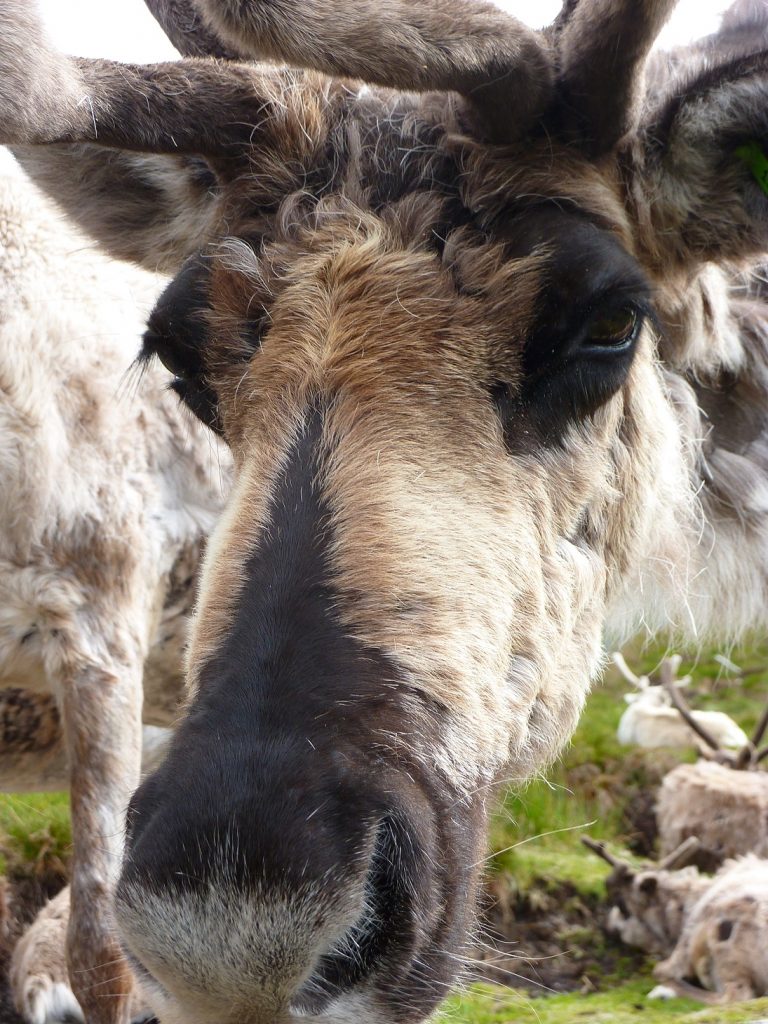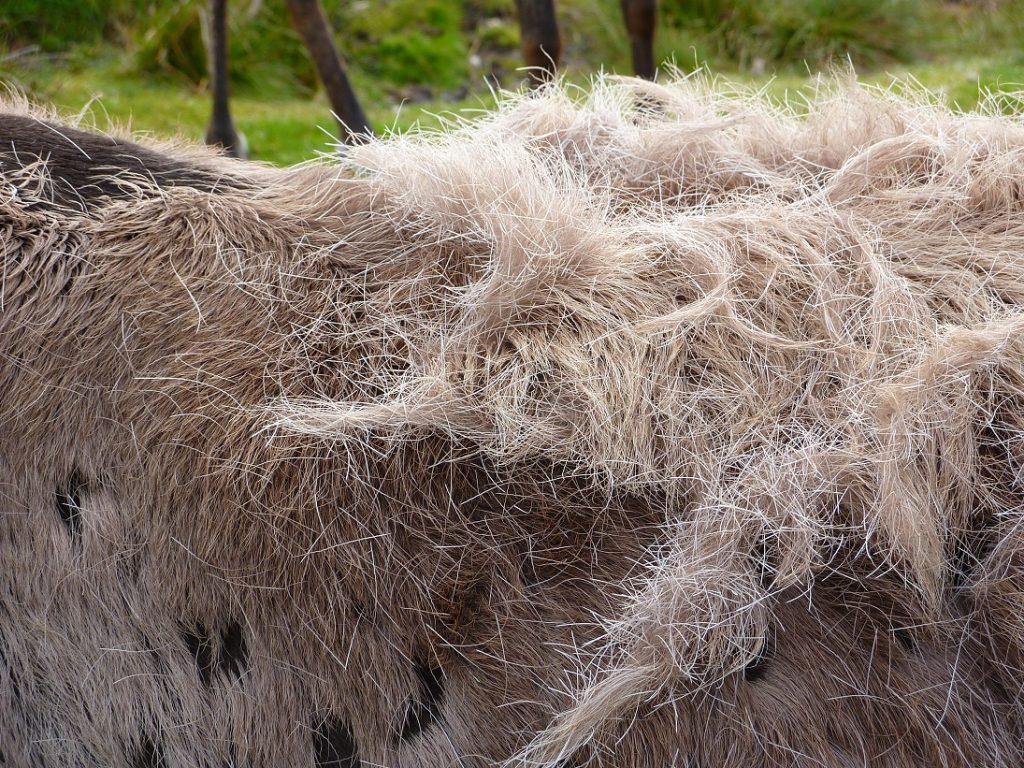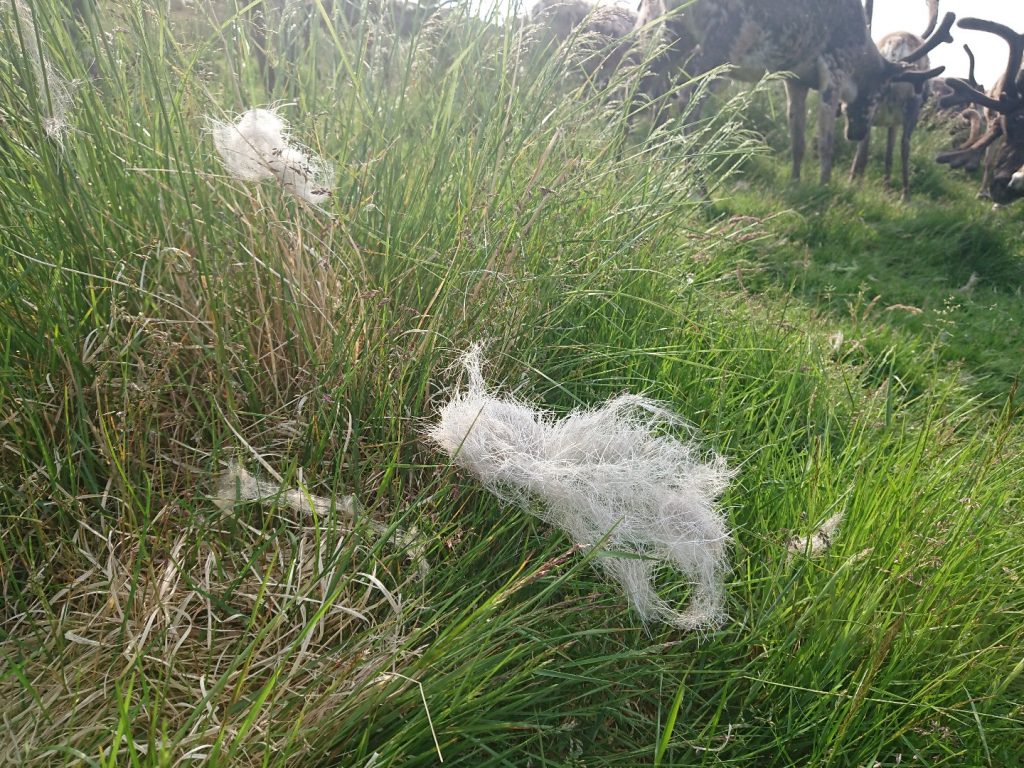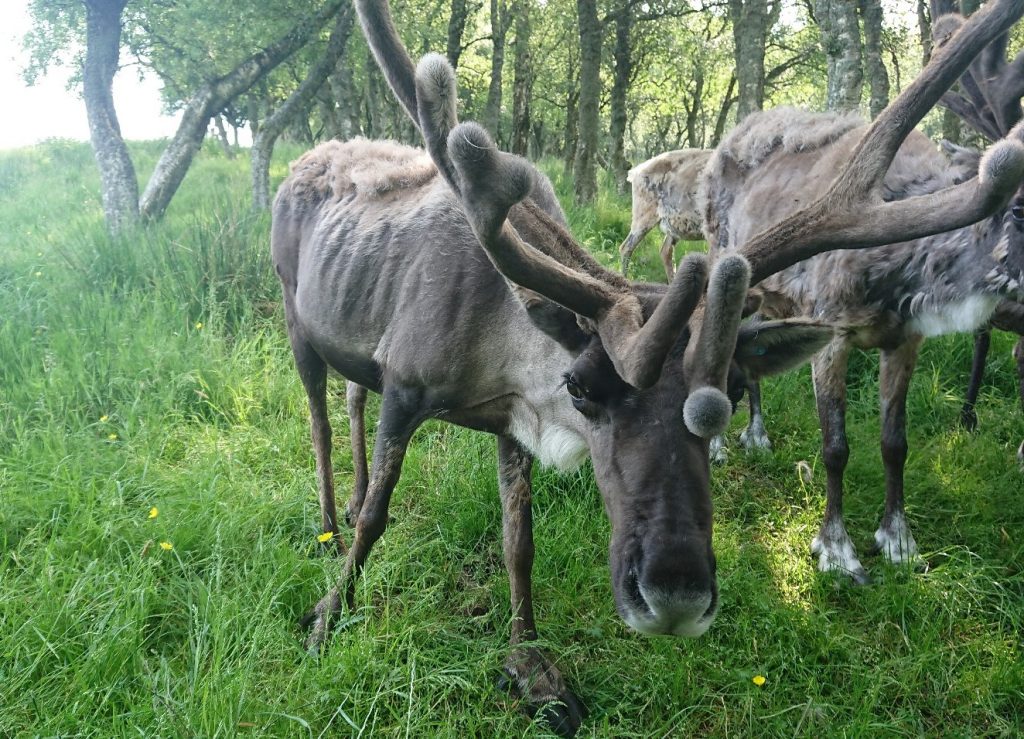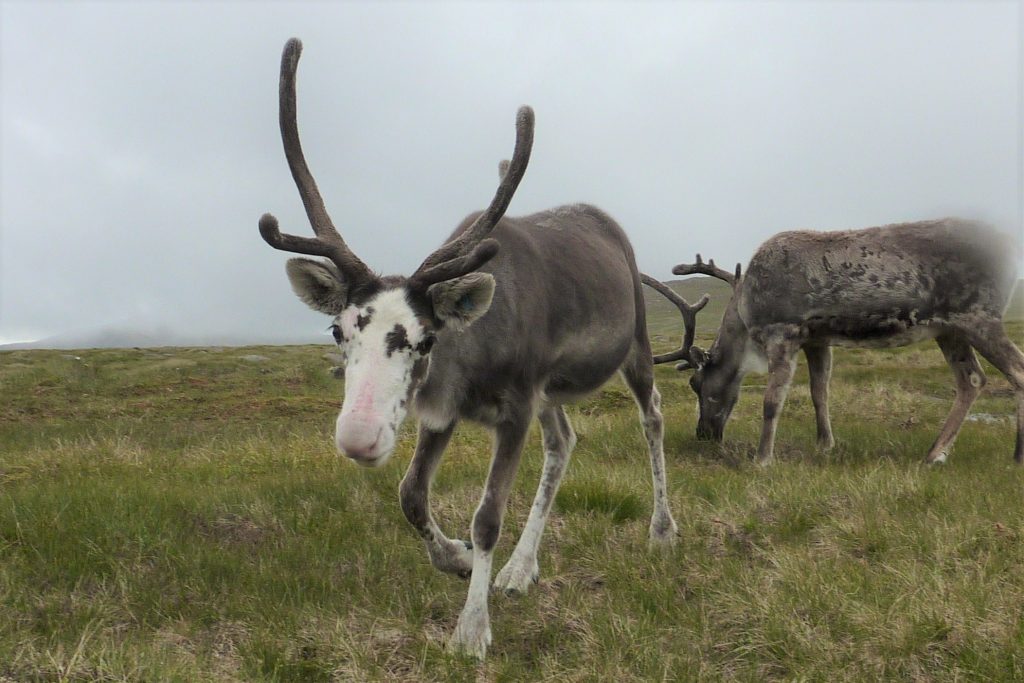The spring here is extremely busy, as life at the Reindeer Centre revolves around the female reindeer and the calving season, and no day passes particularly peacefully – both for good and bad reasons. Herders scurry up and down the hill all day long, visitors arrive hopeful of seeing newborn calves, and there is almost always some sort of drama going on behind the scenes… Is that calf sucking properly? Was that reindeer looking a bit peaky this morning? Help – so-and-so has just calved and promptly turned feral… Why does that cow appear to have no calf – it was with her 5 minutes ago! There is never a day where I get to 5pm, and think ‘well, that was a boring one’.
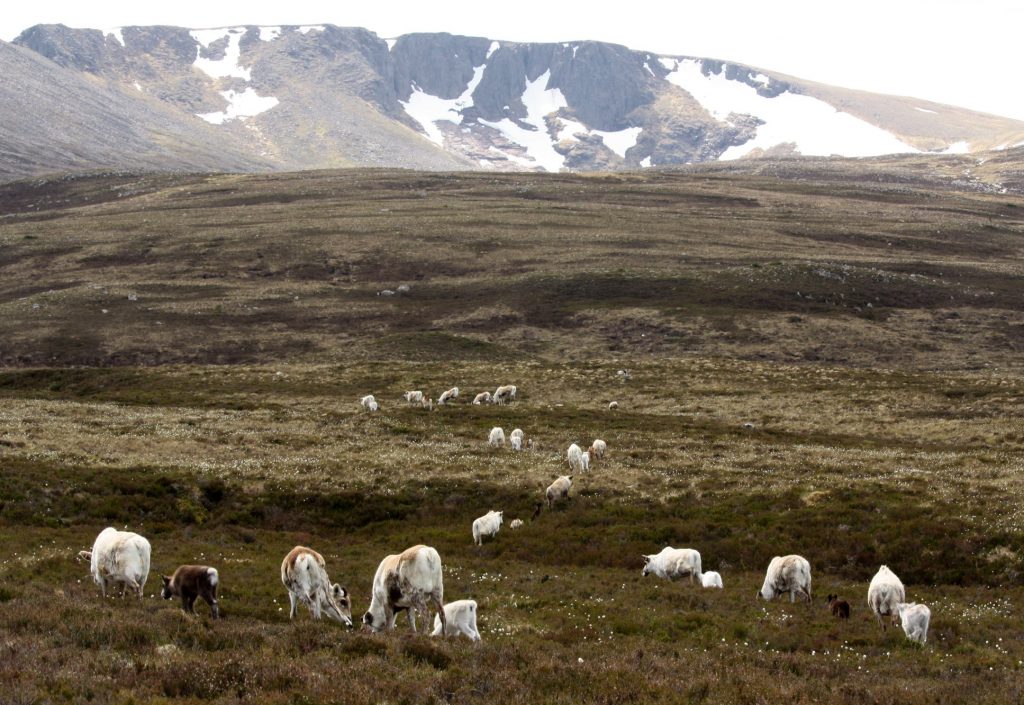
In contrast, June is a time to draw a few breaths and take stock. In the first week of the month the cows and their calves are led out on to the mountains and they head off to free-range themselves, and then calmness finally returns to our lives. While admittedly June does sometimes feel a bit lacking in excitement after the chaos of the previous few weeks, it also brings with it a welcome lull – generally all is quiet on the reindeer front, and all is calm at the Centre itself too.
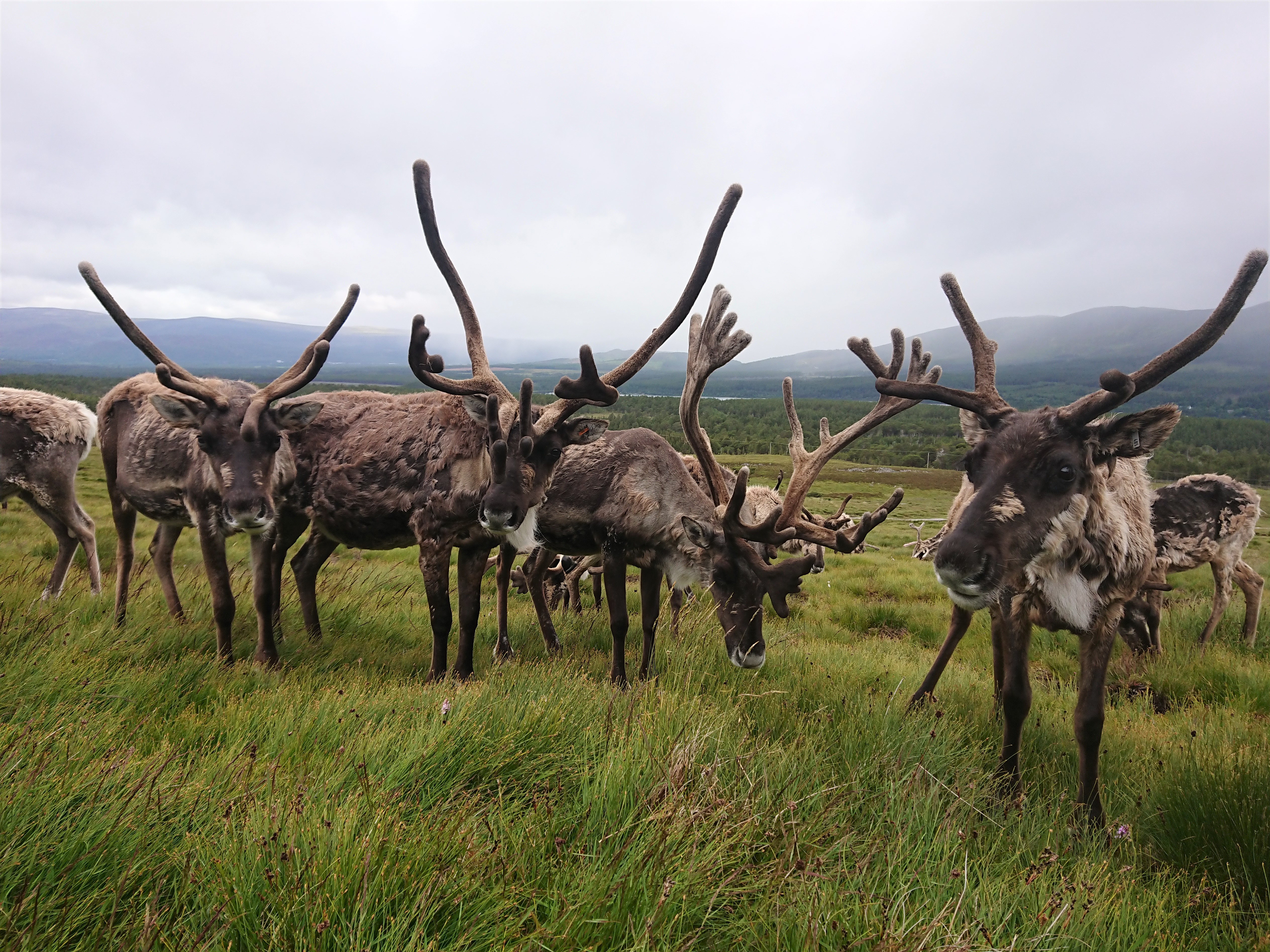
The spring tends to be a time when reindeer pick up more illnesses as ticks are more prevalent, but by the time we reach June this settles down a bit, and we have less occurrences of high temperatures and out-of-sorts reindeer. Us herders can therefore relax slightly – less worried that someone is about to expire unexpectedly. We do, of course, keep our vigilance levels as high all through the summer as through the spring, but June, July and August are undoubtedly a little calmer on the veterinary front. September brings with it a spike in ticks – and therefore illnesses – once again, but for now all is relatively quiet.
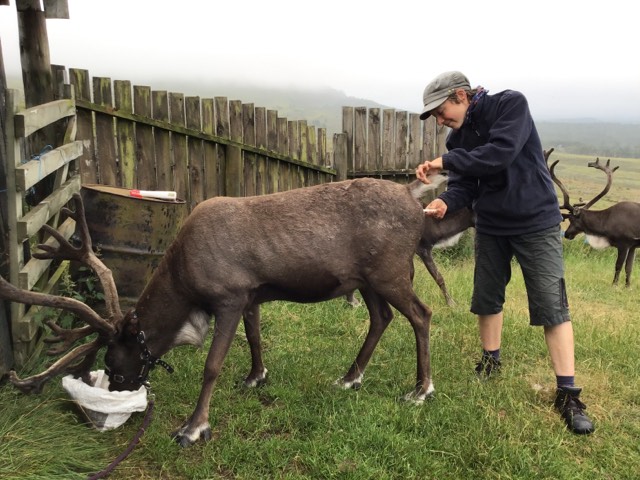
As well as the reindeer influencing our level of busy-ness very variable throughout the year, the other major factor is our visitors. Being a tourism-based business, the number of people through our doors goes up and down like a yo-yo throughout the season, with spikes coinciding with school holidays. As the saying goes we ‘make hay whilst the sun shines’, soldiering on though hectic spells with millions of people around, but it is countered by the quieter periods. Our reindeer apparently consulted a calendar in organising their yearly cycle – as spells when we are busiest with the reindeer themselves (calving in May, the rut in September/early October, Christmas tour in November) tend to coincide with school term times. How considerate of them! Until… the Christmas holidays, when everything goes out of the window and reindeer chaos and visitor chaos collide. This is one of the reasons the Reindeer Centre closes for a few weeks each January – us herders are so frazzled that we need to recuperate.
But I digress. Back to June. All kids, in the UK at least, are still at school in June so it is one of the quieter months to visit – the afternoon Hill Trips in particular this year tended to be quite small. It felt a bit like ‘old times’ back before the area – and Scotland in general – became much, much busier with tourists. I started working here in 2007 and at that point Hill Trips with a dozen or less people were completely normal but in more recent years much bigger groups have become the norm – by 2019 we were occasionally taking tours of 70 or even 80 people. In 2020 however, we put a cap on the maximum number of people to 50 in an attempt to go for quality over quantity (as in a quality tour, as opposed to quality visitors!), so now it never gets quite that crowded. But – speaking as a guide, at least – this June was wonderful. Busy morning tours but then smaller ones in the afternoon; I even did a tour with just 5 lovely visitors on one occasion. So peaceful! Plus it gave me time to catch up on all the office work that had been cast aside throughout May…
Hen

